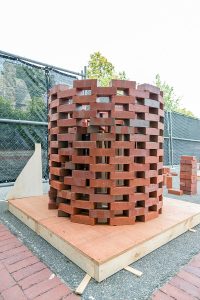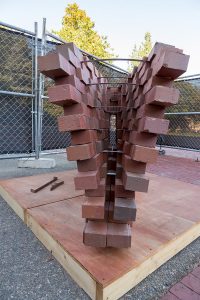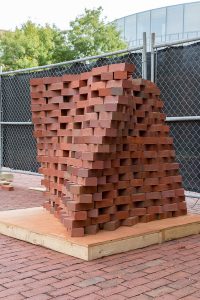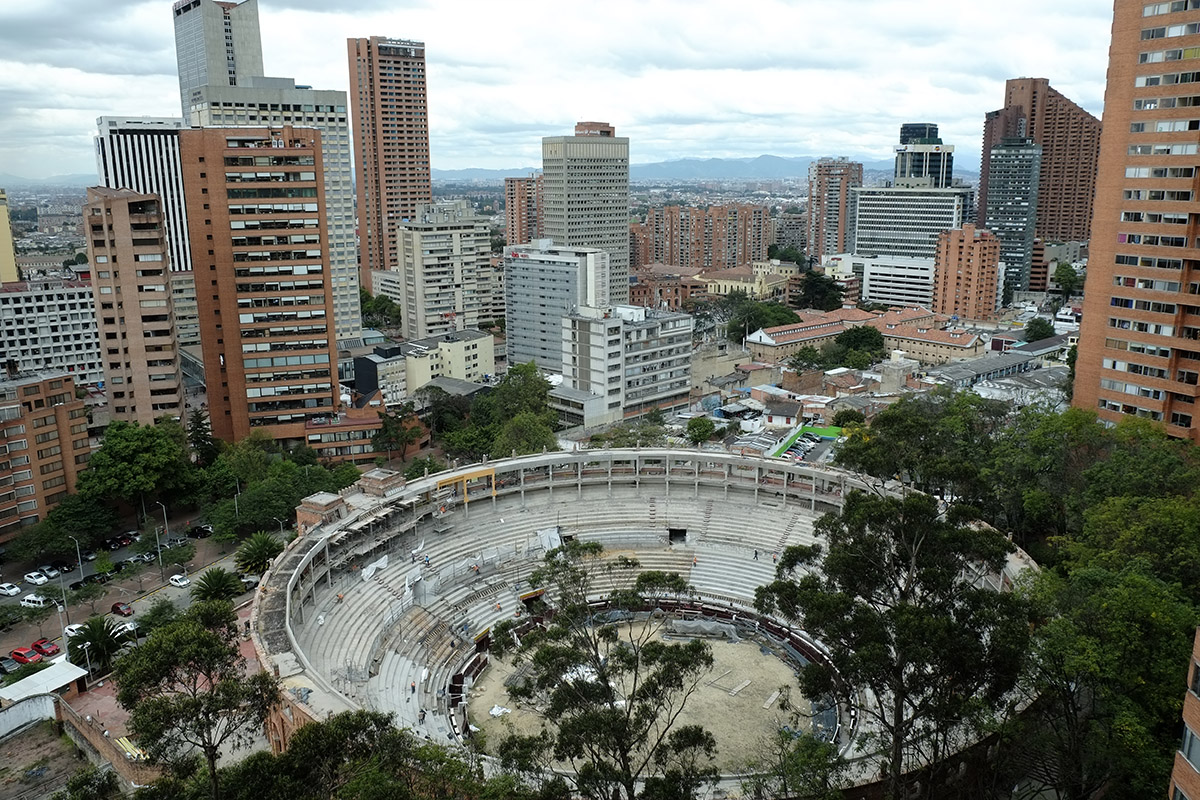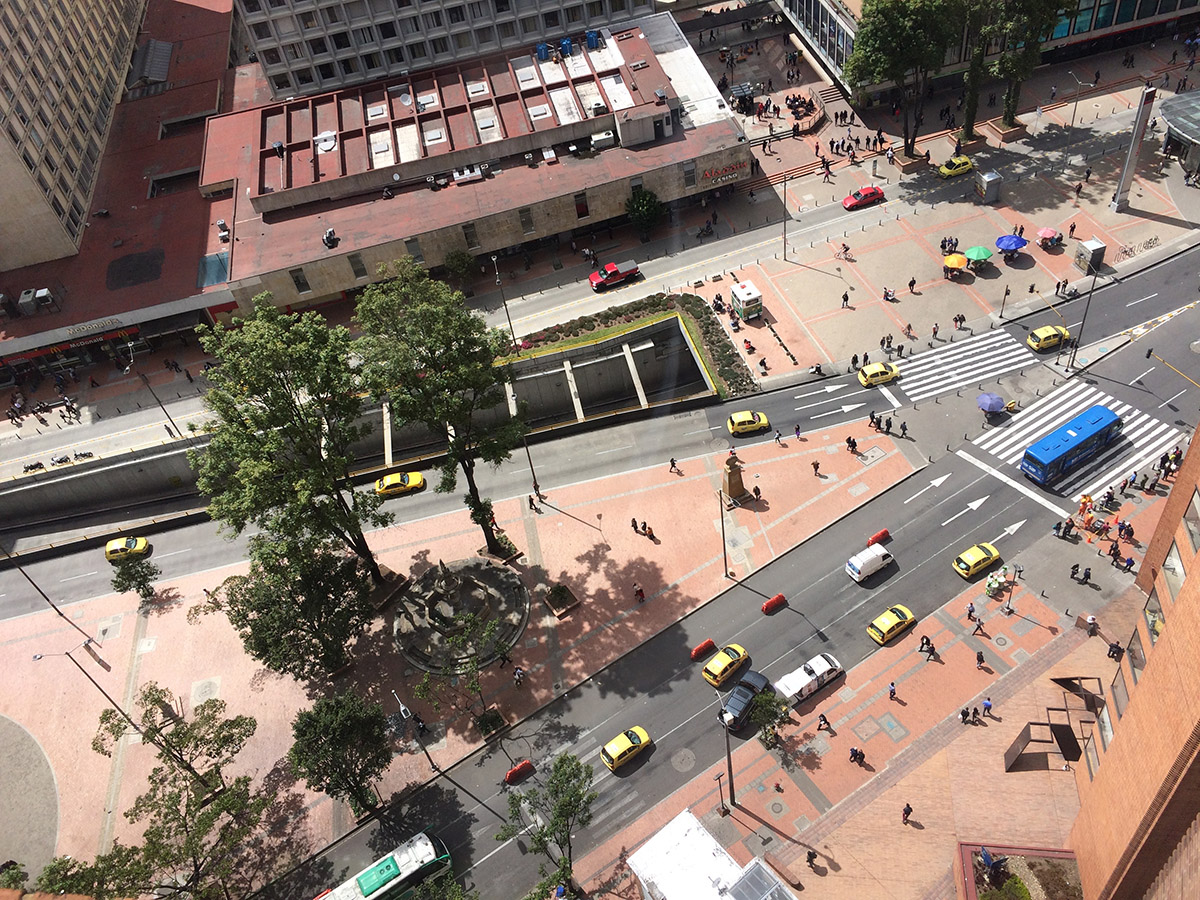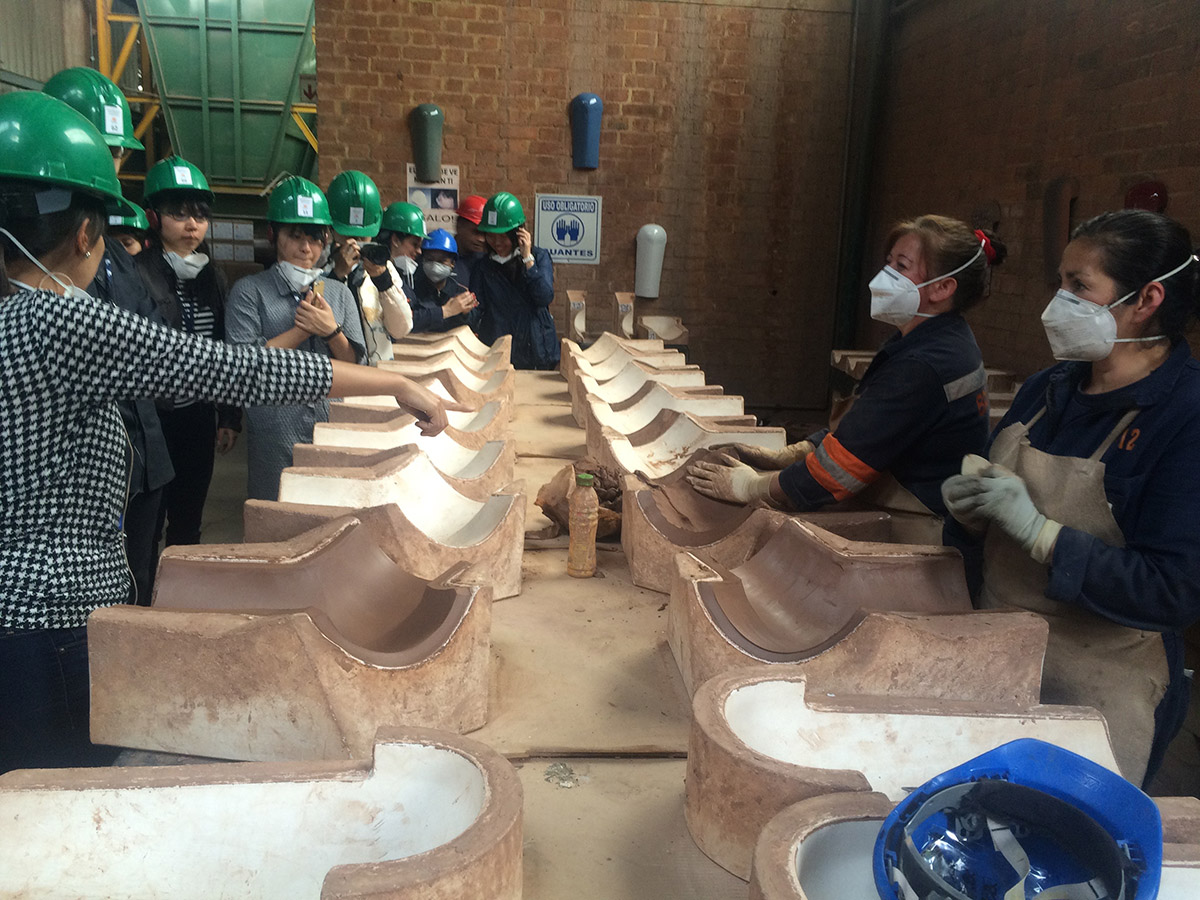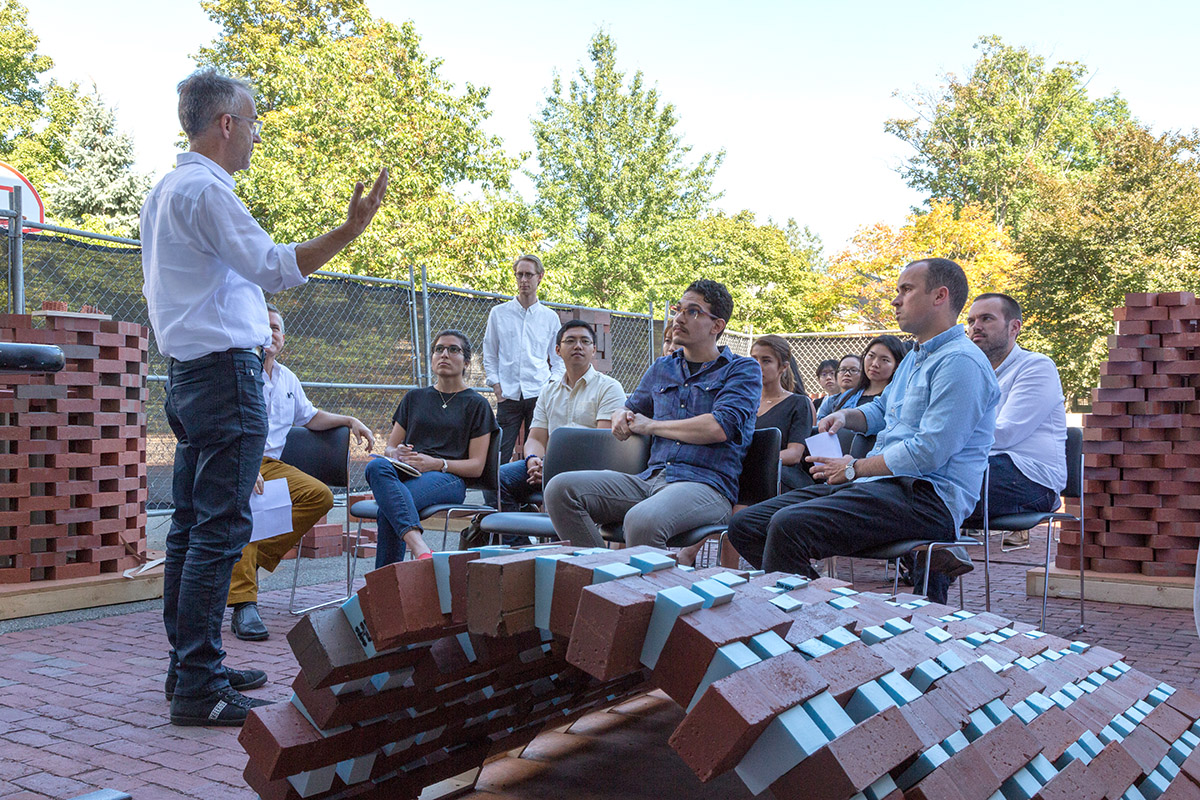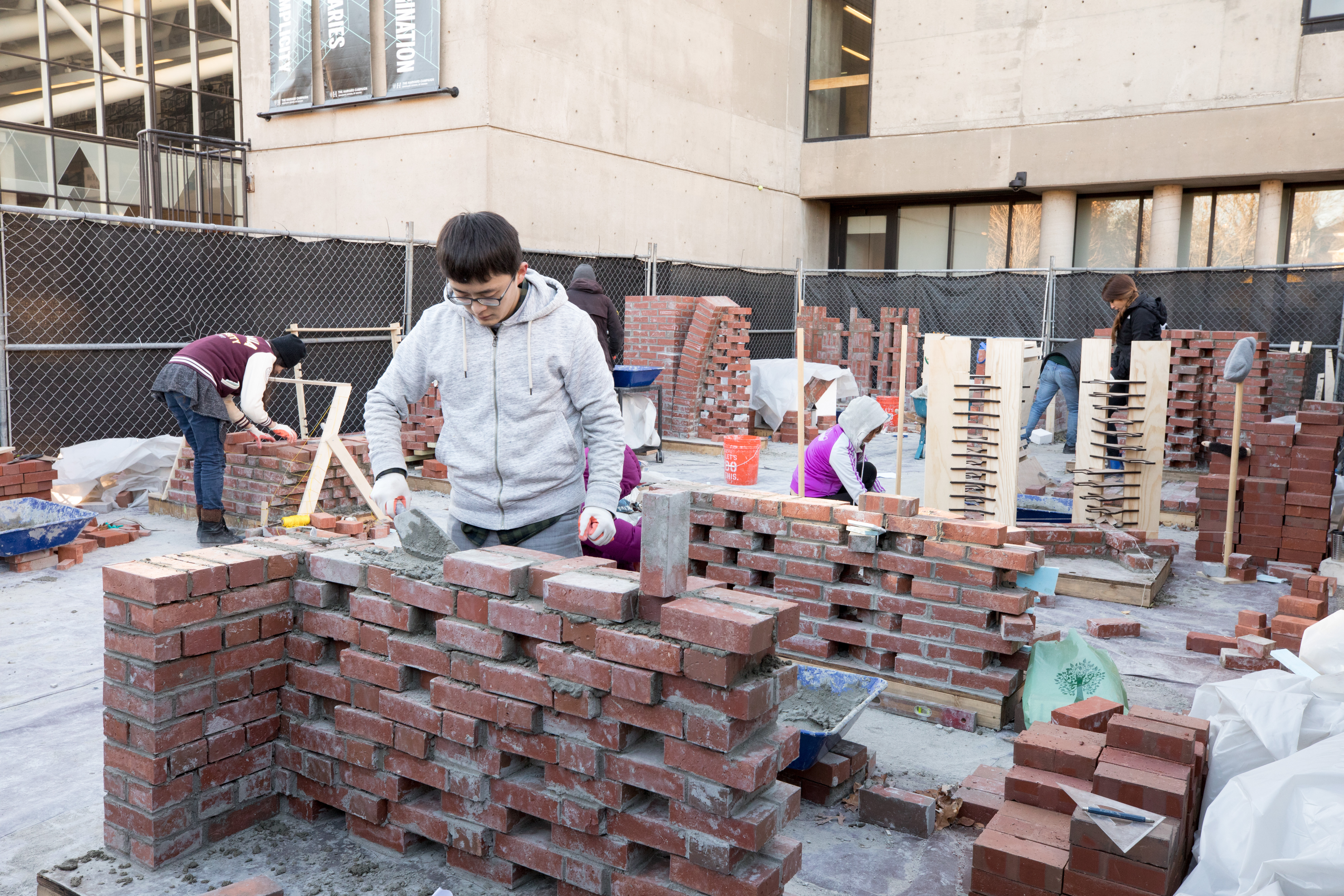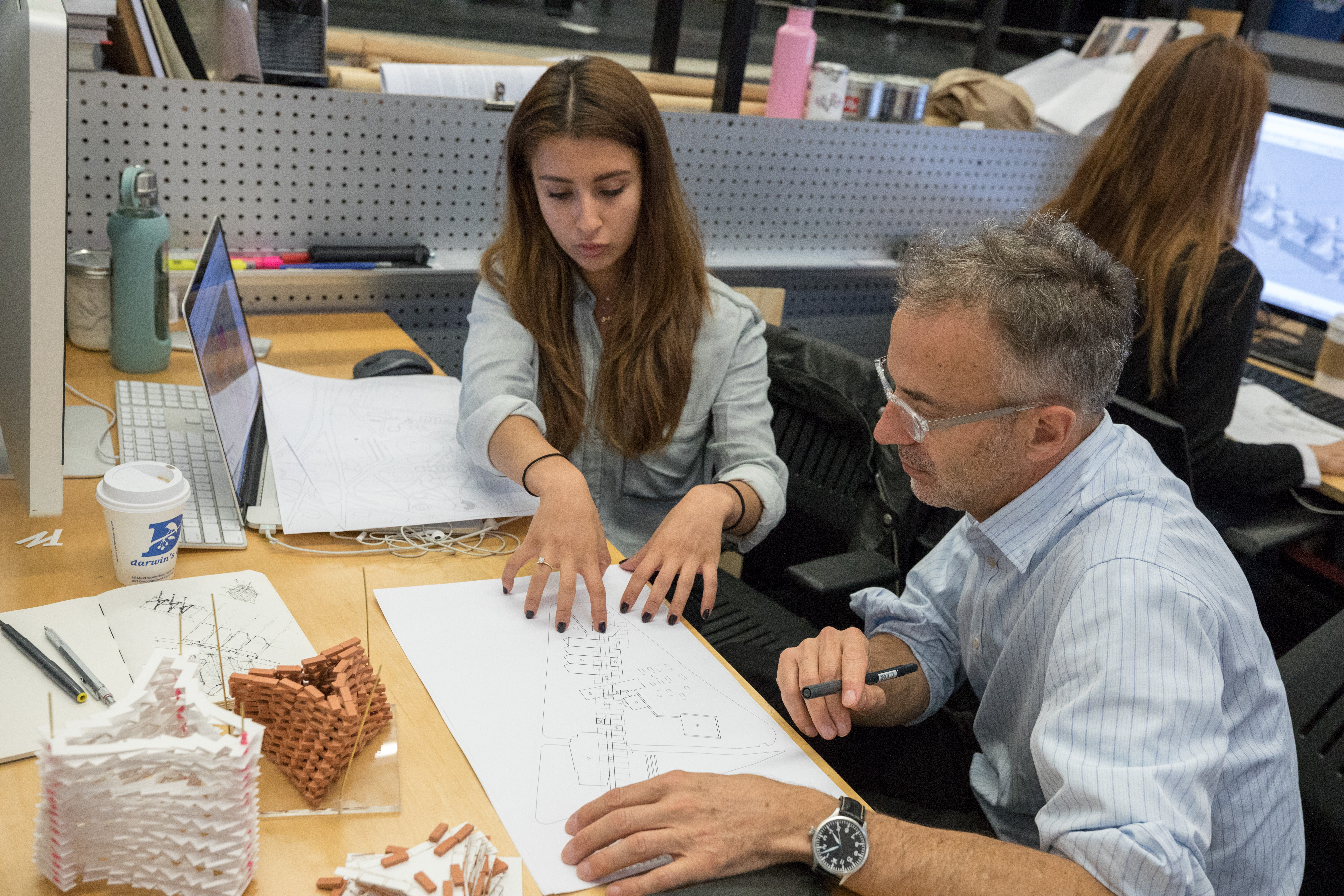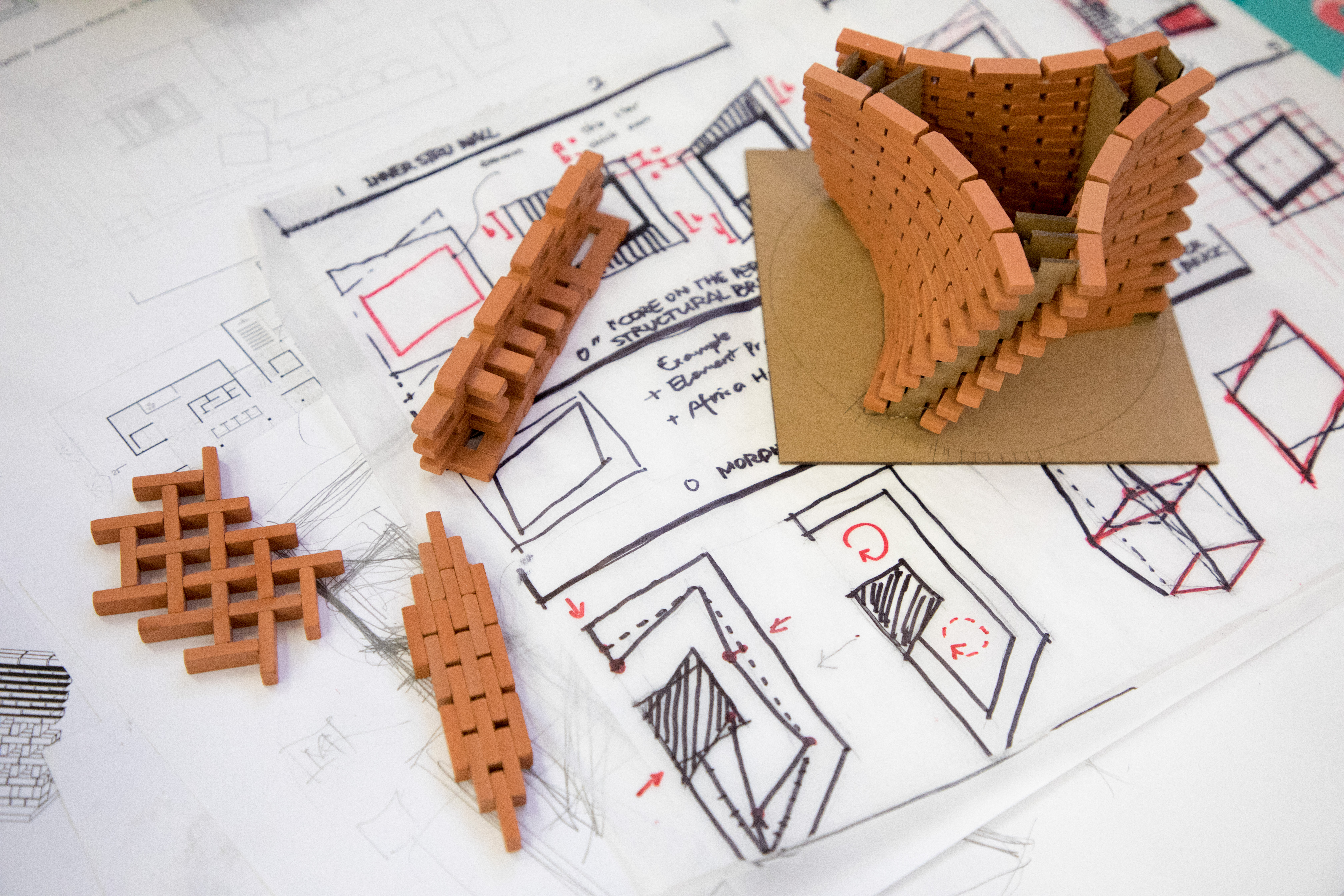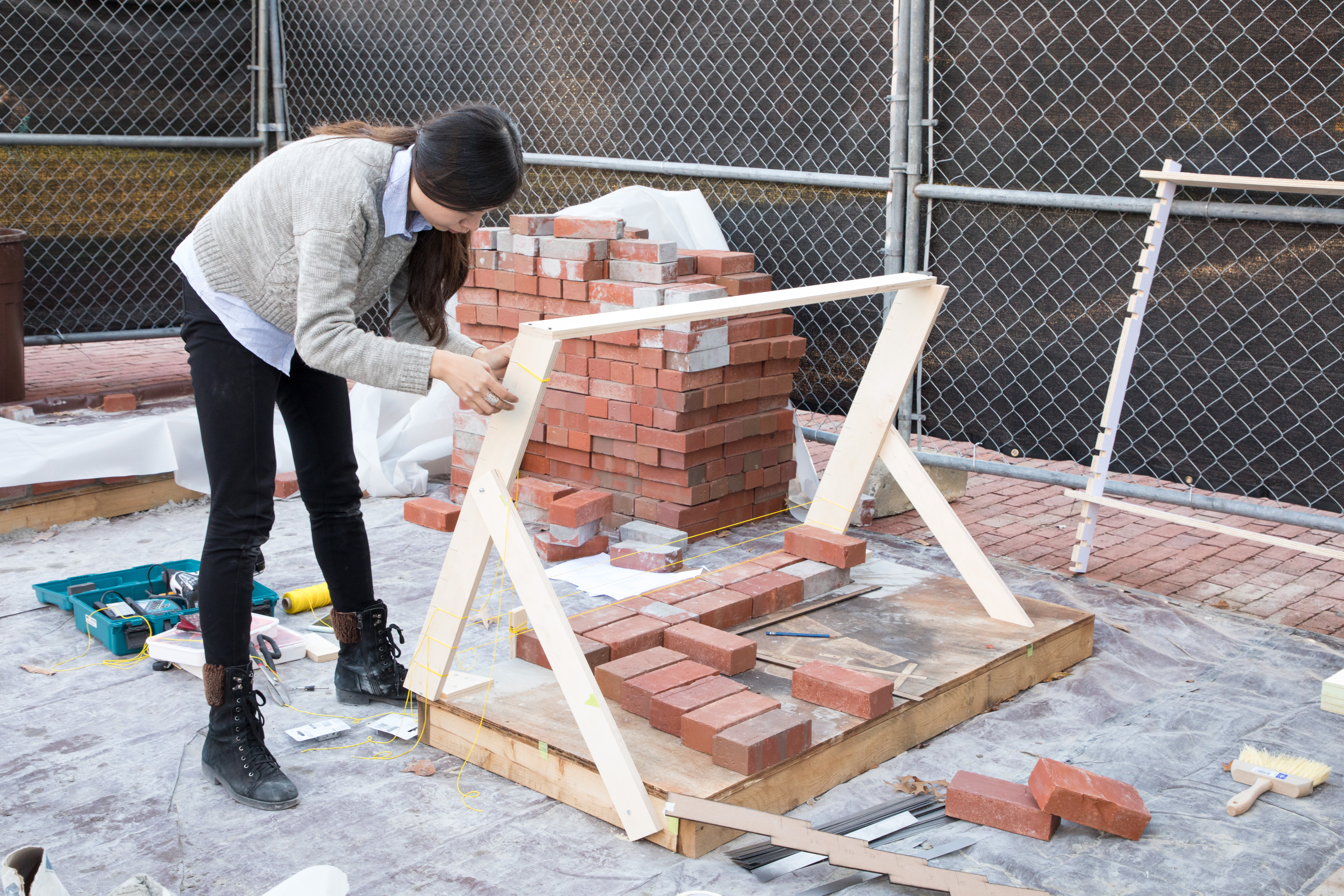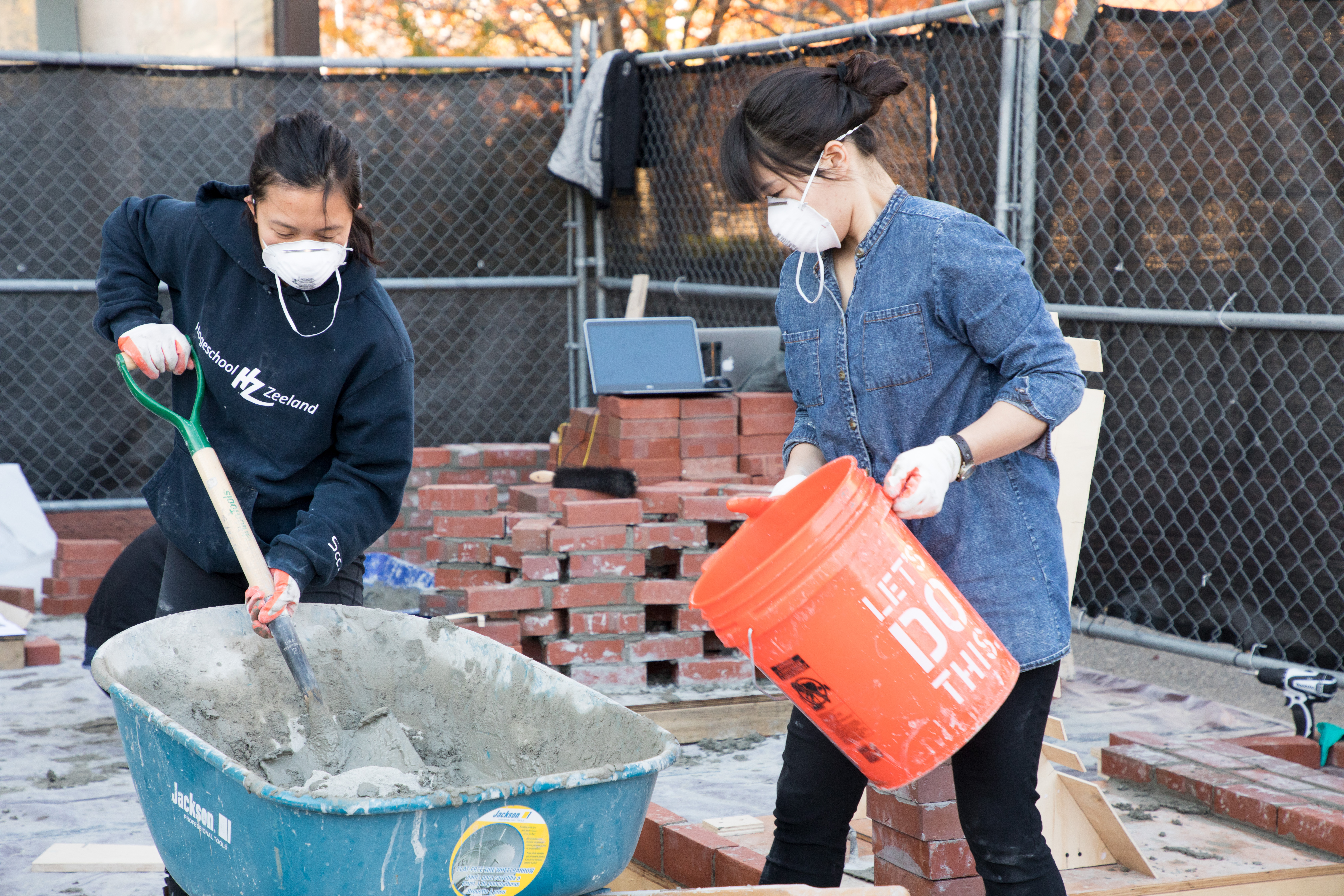BRICK: THICK/THIN
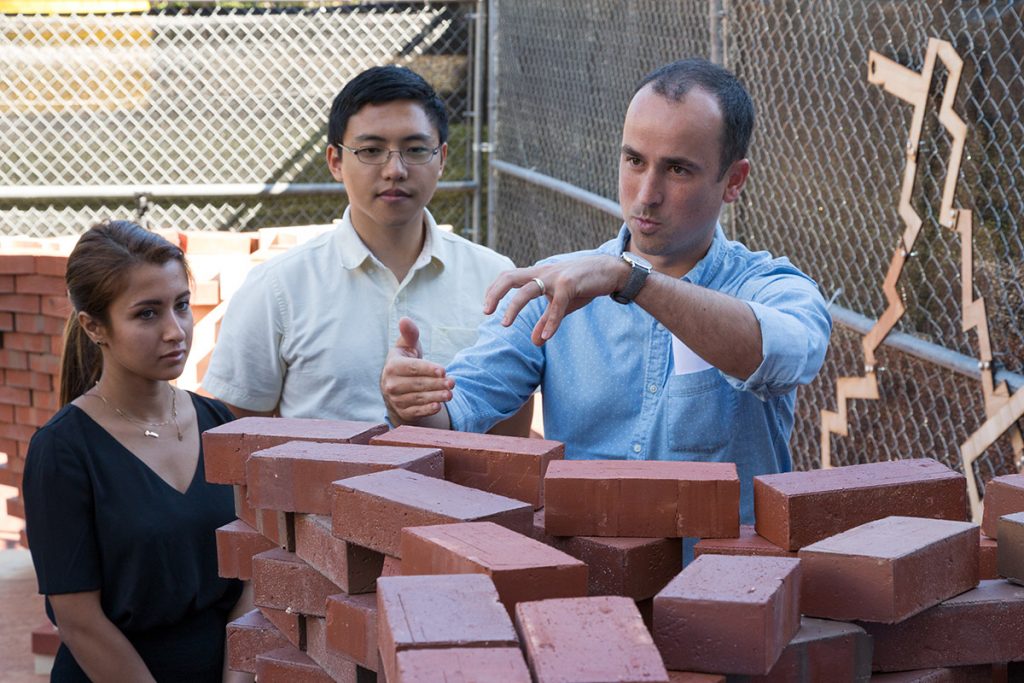
Brick: Thick/Thin aims to challenge perceived notions of brick and its use in architecture and suggest viable proof-of-concept alternatives that raise questions about surface, structure, and material character. Through an iterative process of digital form-making and hands-on prototyping students will discover the potential of innovating with brick. Techniques of construction that include battering, corbelling, buttressing, vaulting, piercing, and racking will be analyzed and documented through drawings, parametric modeling, and physical scale models. Explorations into the creation of new surfaces using computation that integrates traditional structural principles of masonry construction and contemporary design thinking will be validated through full-scale prototyping.
In collaboration with International Masonry Institute, students will produce a full-scale prototype of a building detail of their choice. Building elements will include instances where brick surfaces are interrupted to provide natural daylight, create passage, provide seating, or simply as a means to define space. To prepare for this, students will receive training at the BAC Local 3 Training Center in Dorchester, MA working side-by-side with apprenticed masonry bricklayers. Student mock-ups will reflect their research into the applicability of computer-aided design techniques that will be first tested using dry-stack techniques and then later fully executed with brick and mortar.
During the week of September 25-October 1 the studio will tentatively travel to Bogota, Colombia, recognized as “the city of brick”, and site of many of the works of the architect Rogelio Salmona who, until his death in 2007, was regarded as one of South America’s most influential living modern architects. The Rogelio Salmona Foundation will serve as a host for the studio allowing students to visit works of architecture, tour manufacturing facilities, and conduct seminar-style discussions with faculty and students from the University of Bogota. Students will conduct research on a site and building program which will serve as the focus for the remaining nine weeks of the studio.
Publications
-
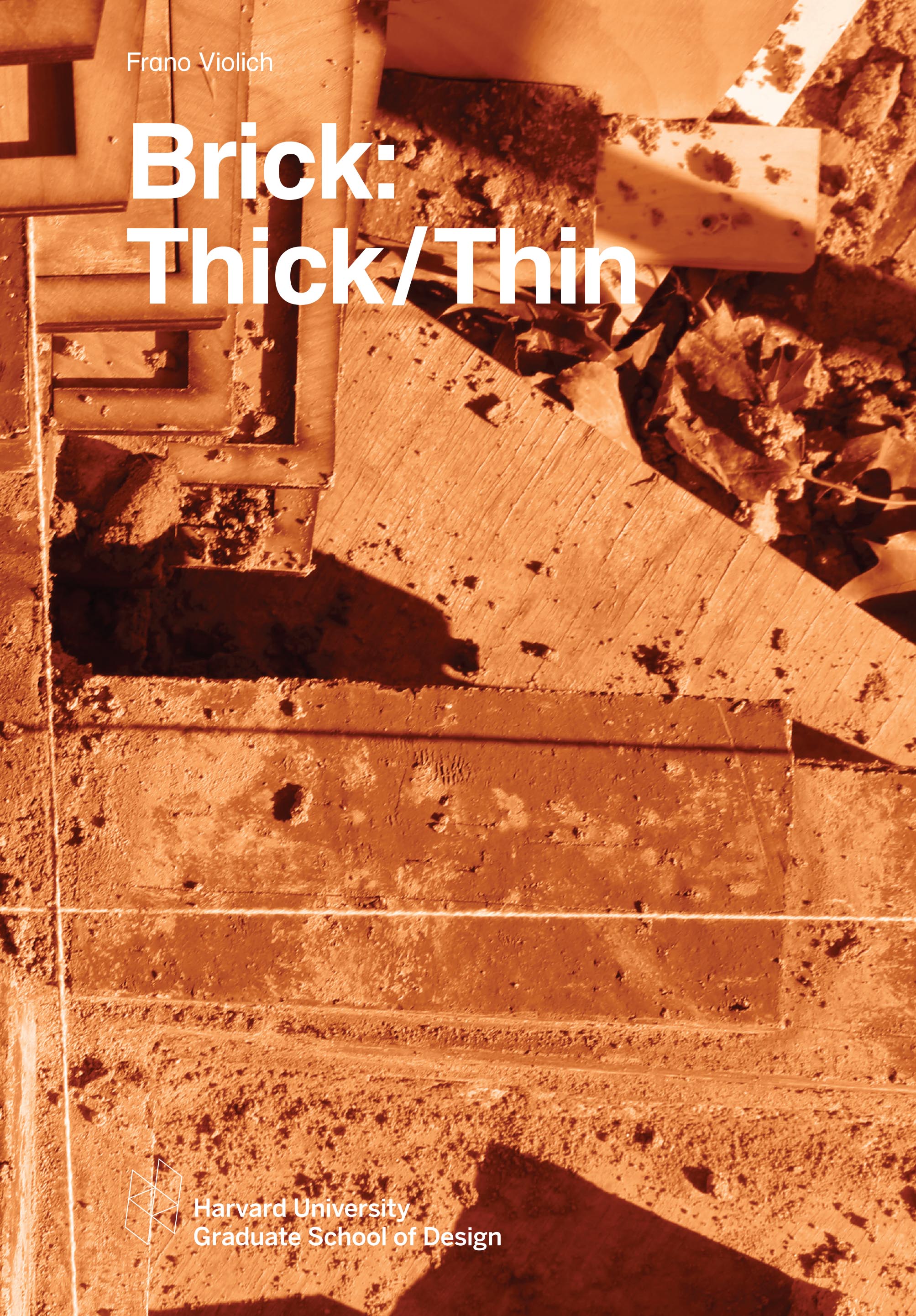
Brick: Thick/Thin
Frano Violich, Instructor
May 2017
